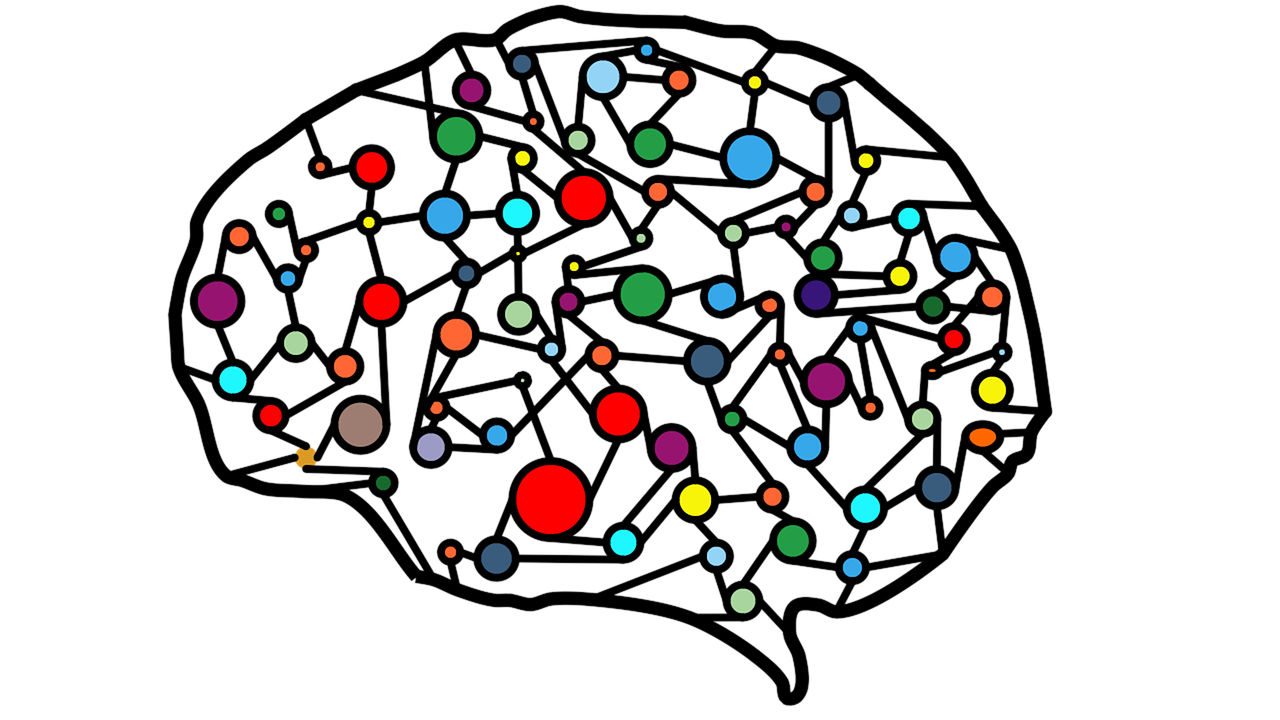Difference between AI and Neural Network
Artificial Intelligence (AI) was once considered a distant dream, a future tech, but not anymore. What was once used as an area of study for research is now swarming out into the real world. Today, AI is everywhere – in factories you work, the school you study, banks, hospitals, and even in your phone. They are the eyes of self-driving cars, the voice of Siri and Alexa, the wizards behind weather forecasting, the hands behind the robotic-assisted surgery, and what not. Today, AI is a ubiquitous part of the modern society. The emergence of AI in many IT technologies happened almost overnight, in the last couple of years.
Later, machine learning emerged as a powerful approach for AI that allows computers to learn from the data being fed with no explicit programming required. That is not all. Computational algorithms, called deep learning, provided the framework of the programming approaches. Although, deep learning was coined about a decade ago, it is rooted in the technology developed by the biologically motivated neural networks field in the 1960s. In the recent years, neural networks have powerfully reemerged with different names and meanings, but in different contexts within the current new wave of artificial intelligence and deep learning.
What is Artificial Intelligence?
Artificial Intelligence (AI), sometimes called machine intelligence, refers to machines that are able to mimic human cognitive skills. It is an idea of creating intelligent machines – ones that are as smart as or smarter than humans. Although the idea is centuries old, it has become mainstream with the rise of digital computers. AI is a branch of computer science that emphasizes on creating computer programs that perform tasks as well as or better than humans, without worrying about whether these programs actually think in the way humans think. AI comes in many forms, sizes and algorithms. Today, AI is everywhere – from factories and schools to banks and hospitals, from your television to your toothbrush, from the chip in your smartphones to the cars you’re driving, from Siri to Alexa just everywhere.
What is Neural Network?
The term “Neural Networks” refers to a network of artificial neurons or nodes vaguely inspired by the biological neural networks that constitute animal brain. It, in a way, formed the foundation of much of modern artificial intelligence. In fact, studies suggest that the present implications and applications of AI is nothing but a development of the endowed unique attributes of neural networks, namely machine learning, deep learning, etc. Neural networks represent a well-grounded paradigm rooted in many disciplines, including computer science, physics, information science, psychology, and engineering. Neural networks are a network of interconnected nodes, whose functionality is loosely based on animal neurons. Today, neural networks are used across many areas such as problem solving, customer research, data validation, sales forecasting, risk management, and so on.
Difference between AI and Neural Network
Definition
– Artificial Intelligence (or AI) is a branch of computer science that emphasizes on the creation of smart machines that embody a sort of intelligence, as opposed to the natural intelligence demonstrated by humans. AI refers to machines that are able to mimic human cognitive skills. Neural Networks, on the other hand, refers to a network of artificial neurons or nodes vaguely inspired by the biological neural networks that constitute animal brain. Neural networks are a network of interconnected nodes, whose functionality is loosely based on animal neurons.
Goal
– AI basically works around strong AI and weak AI. Weak AI refers to the use of advanced algorithms to carry out certain problem solving tasks within a limited set of functions whereas strong AI supports the view that machines can really develop human consciousness equal to humans. Neural networks represent a well-grounded paradigm rooted in many disciplines, including computer science, physics, information science, psychology, and engineering. The purpose of neural networks is to learn to recognize patterns in your data for making a decision.
Applications
– Today AI is a ubiquitous part of the modern society. AI is used across a wide range of application areas from self-driving cars to Siri and Alexa, and weather forecasting and clinical diagnosis. AI is used to solve complex tasks across all kinds of industries, including education, health, entertainment, transport, and utilities. Neural networks develop algorithms using brain as a model to recognize complex patterns. The applications of artificial neural networks include text classification and categorization, named entity recognition (NER), paraphrase detection, pattern recognition, fraud detection, natural language processing, and more.
AI vs. Neural Network: Comparison Chart
Summary
Undoubtedly, AI is the most important technology of this digital era. AI is not just a thing; it is an ingredient in everything. Today AI is a ubiquitous part of the modern society. In fact, it’s everywhere – from the chip in your phones to the GPS systems in your cars, the voice of Siri and Alexa, the brains of unmanned drones, the wizards of weather forecasting, the hands assisting in surgery, and what not. Neural networks are a machine learning approach that formed the foundation of much of modern artificial intelligence. They refer to a network of artificial neurons or nodes vaguely inspired by the biological neural networks that constitute animal brain.
- Difference Between Caucus and Primary - June 18, 2024
- Difference Between PPO and POS - May 30, 2024
- Difference Between RFID and NFC - May 28, 2024
Search DifferenceBetween.net :
Leave a Response
References :
[0]Jennings, Charles. Artificial Intelligence: Rise of the Lightspeed Learners. Maryland, United States: Rowman & Littlefield, 2019. Print
[1]Tegmark, Max. Life 3.0: Being Human in the Age of Artificial Intelligence. City of Westminster, London: Penguin Books UK, 2017. Print
[2]Kozma, Robert et al. Artificial Intelligence in the Age of Neural Networks and Brain Computing. London, United Kingdom: Academic Press, 2018. Print
[3]Gurney, Kevin. An Introduction to Neural Networks. Boca Raton, Florida: CRC Press, 1997. Print
[4]Image credit: https://storage.needpix.com/rsynced_images/artificial-neural-network-3501528_1280.png
[5]Image credit: https://live.staticflickr.com/1834/42271822770_6d2a1d533f_b.jpg



